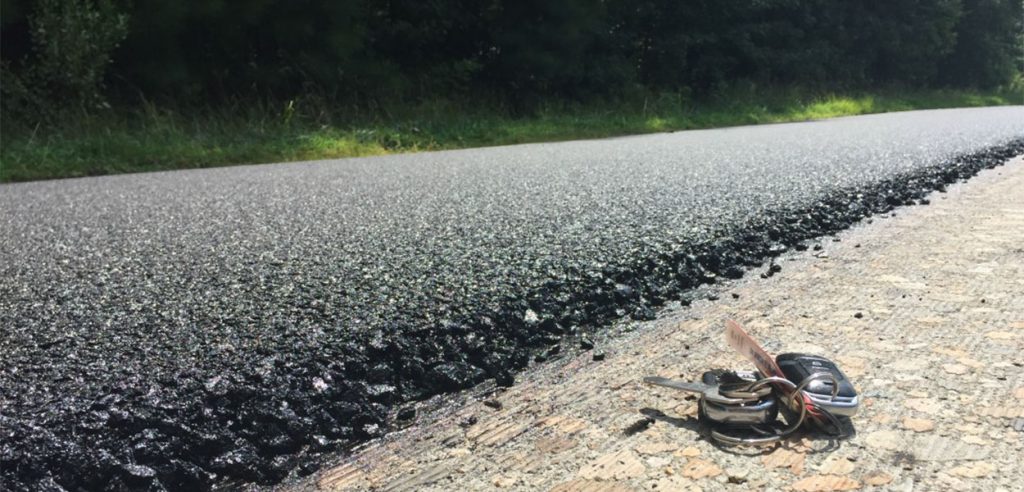Asphalt mixtures, the primary material used in road construction, are susceptible to various environmental factors that can significantly impact their performance. To address these challenges, polymer-modified bitumen (PMB) has emerged as a promising alternative to traditional bitumen. By incorporating polymers into bitumen, PMB exhibits enhanced properties such as improved viscosity, increased resistance to fatigue and cracking, and better adhesion to aggregates.
This paper aims to comprehensively evaluate the performance of asphalt mixtures containing PMB under different climatic conditions. We will explore the impact of PMB on the mechanical properties, durability, and environmental sustainability of asphalt pavements.

Factors Affecting Asphalt Performance Under Climatic Conditions
- Temperature: Extreme temperatures, both high and low, can lead to pavement distress such as rutting, cracking, and raveling. PMB can improve the resistance of asphalt mixtures to temperature-induced deformations.
- Precipitation: Rain, snow, and ice can cause water infiltration into the pavement structure, leading to frost heave, potholes, and premature deterioration. PMB can enhance the water resistance of asphalt mixtures.
- Ultraviolet Radiation: Exposure to UV radiation can cause bitumen to degrade, leading to embrittlement and cracking. PMB can improve the resistance of asphalt mixtures to UV degradation.
- Traffic Loads: Heavy traffic loads can accelerate pavement deterioration. PMB can enhance the fatigue resistance of asphalt mixtures, making them more durable under high traffic volumes.
Performance Evaluation Methods
To assess the performance of asphalt mixtures containing PMB, various laboratory and field testing methods are employed:
- Mechanical Testing:
- Indirect Tensile Strength: Measures the tensile strength of asphalt mixtures under various loading conditions.
- Fatigue Testing: Evaluates the resistance of asphalt mixtures to repeated loading.
- Dynamic Modulus: Determines the stiffness of asphalt mixtures at different temperatures and frequencies.
- Durability Testing:
- Water Resistance: Assesses the ability of asphalt mixtures to resist water infiltration.
- Freeze-Thaw Resistance: Evaluates the susceptibility of asphalt mixtures to damage caused by repeated freezing and thawing cycles.
- Aging Testing: Simulates the effects of long-term exposure to environmental factors.
- Field Performance Evaluation:
- Long-Term Monitoring: Tracks the performance of asphalt pavements over time to identify strengths and weaknesses.
- Distress Surveys: Documents and analyzes pavement defects such as cracking, rutting, and potholes.
Impact of PMB on Asphalt Performance
- Improved Mechanical Properties: PMB can enhance the tensile strength, fatigue resistance, and dynamic modulus of asphalt mixtures, leading to improved pavement performance.
- Enhanced Durability: PMB can improve the resistance of asphalt mixtures to water infiltration, freeze-thaw damage, and aging, resulting in longer service life.
- Environmental Benefits: PMB can reduce the need for pavement maintenance and rehabilitation, leading to lower environmental impacts and reduced greenhouse gas emissions.
Conclusions
The use of PMB in asphalt mixtures offers significant benefits in terms of improved performance, durability, and environmental sustainability. By carefully selecting the type and dosage of PMB, asphalt pavements can be designed to withstand various climatic conditions and provide long-term service. Further research is needed to optimize the use of PMB and address specific challenges faced in different regions.

